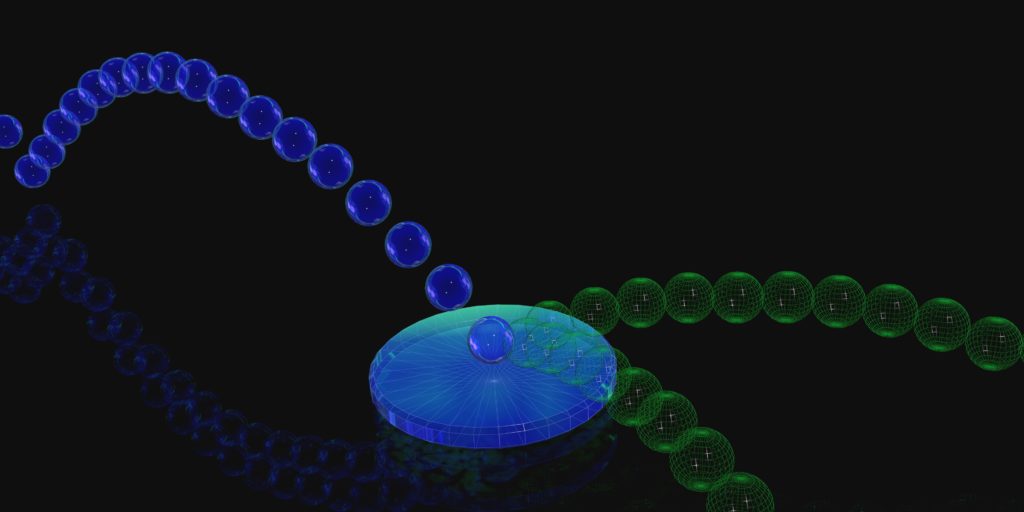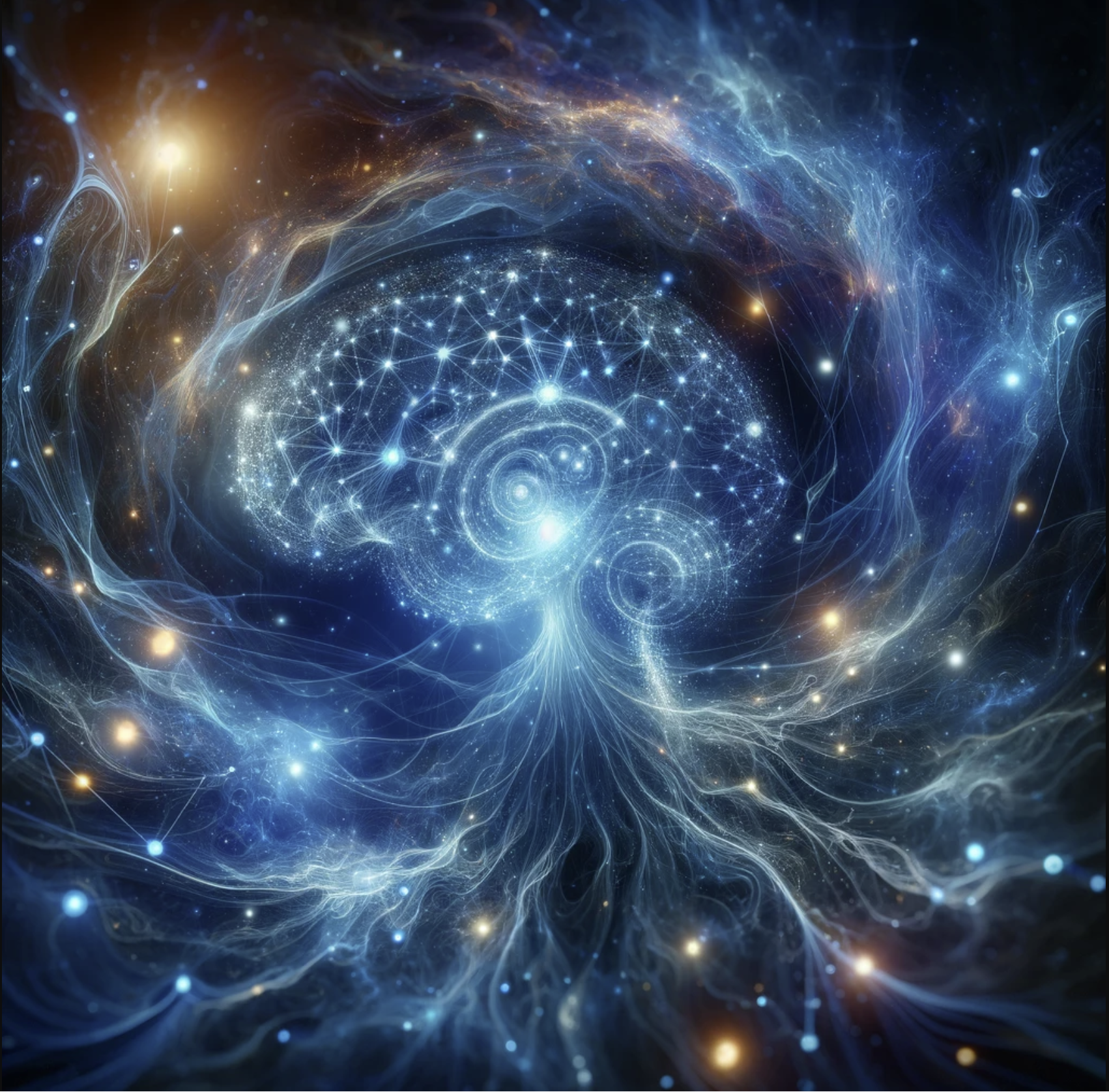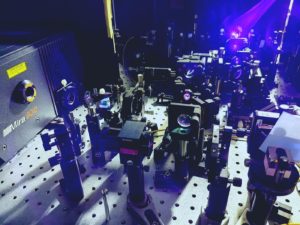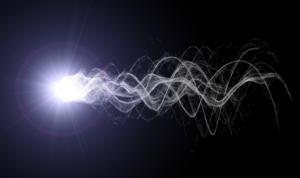In the 2018 movie Infinity War, a scene featured Dr. Strange looking into 14 million possible futures to search for a single timeline where the heroes would be victorious. Perhaps he would have had an easier time with help from a quantum computer. In with work, we worked with colleagues from Griffith university to constructed a prototype quantum device that can generate all possible futures in a simultaneous quantum superposition.

When we think about the future, we are confronted by a vast array of possibilities. In less than half an hour there are 14 million possible futures; in less than a day, the number exceeds the number of atoms in the universe. This exponential growth makes looking at all possibilities incredibly taxing. This is where we thought quantum computers can help.
When Feynman started studying quantum physics, he realised that when a particle travels from point A to point B, it does not necessarily follow a single path. Instead, it simultaneously transverses all possible paths connecting the points. We thought perhaps a similar phenomenon could be harnessed for modelling statistical futures, engineering particles so that their possible paths encode different possible futures.
To realize this scheme in the experiment, the space-time locations of individual photons are engineered to encode potential future outcomes of some observed process. By sending these photons through multiple path simultaneously, the prototype machine can create an quantum superposition of many potential futures, weighted by their probability of occurrence. The question now, what can such a superposition be used for?
While we are still thinking of applications. One inspiration came from the famous graph isomorphism problem. Here, it was definitively known that have a quantum superposition of all possible relabelling of a graph is better than being able simply sample all permutation. What if we can create this superposition for two different graphs, we can compare their overlap of the resulting quantum super-positions to quickly gouge if the graphs were indeed relabelling of each other.
Indeed, our machine could have similar application - measuring how quickly possible futures diverge depending how we much we bias a single decision today. We thus considered a process whose future behaviour depended on the bias a particular binary decision. "The trick is to synthesis a quantum superposition of all possible futures for each bias." says Farzad, the lead PhD student at Griffith behind experiment "By interfering this superposition with each other, we can completely avoid looking at each possible future individually.” Read the rest at
- Interfering trajectories in experimental quantum-enhanced stochastic simulation
Farzad Ghafari, Nora Tischler, Carlo Di Franco, Jayne Thompson, Mile Gu & Geoff J. Pryde




